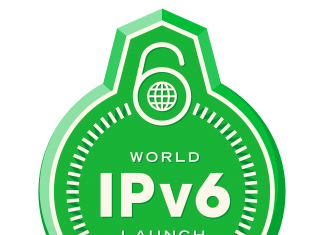“An infrastructure optimised for voice was an expensive way to transmit...
Tejas Networks designs end-to-end data and telecom solutions based on optical networking technology. Arnob Roy, president-engineering, Tejas Networks, spoke to Abhishek Mutha of EFY...
Part 1 of 3: USING AVR MICROCONTROLLERS FOR PROJECTS
The AVR 8535 microcontroller and its new version ATmega8535 are versatile, high-performance but low-cost chips. This article series covers typical applications of this processor...
Internet of Things conference at Electronics Rocks 2013
THE EVENT
The second edition of Electronics Rocks, is scheduled for 5-6 October, 2013. Responding to feedback from the engineering community, this year eRocks will...
Simulation Before Prototyping
As tech firms keep reducing product development cycles to stay competitive, simulation before going for a prototype is important to save time and improve...
Selection of RF Test Instruments
Test instruments are used to make measurements. These are required in production units, R&D laboratories, calibration laboratories, maintenance and service centres, etc. For qualifying...
Electronic Circuit Prototyping More Than Just An Artefact
Certain doubts in the design of an electronic product can be cleared by building and studying a prototype first. Here we discuss the challenges...
And Then, There is Embedded Vision!
Last May, several leading technology firms got together in Oakland, USA, to form the Embedded Vision Alliance (EVA). The initiative’s motto: To enable “machines...
Maximising Solar PV Energy Penetration
Photovoltaics (PVs) will be a key pillar of our future sustainable energy system, and 1:1:1 for wind, solar, and others (hydro, biomass, geothermal) is...
FPGA Design Flow
Field-programmable gate array (FPGA) is a device that has numerous gate (switch) arrays and can be programmed on-board through dedicated Joint Test Action Group...
IPv6: The New Address
Every computer or other device that connects to the Internet requires a unique Internet protocol (IP) address. Internet protocol version 4 (IPv4) uses 32-bit...



















